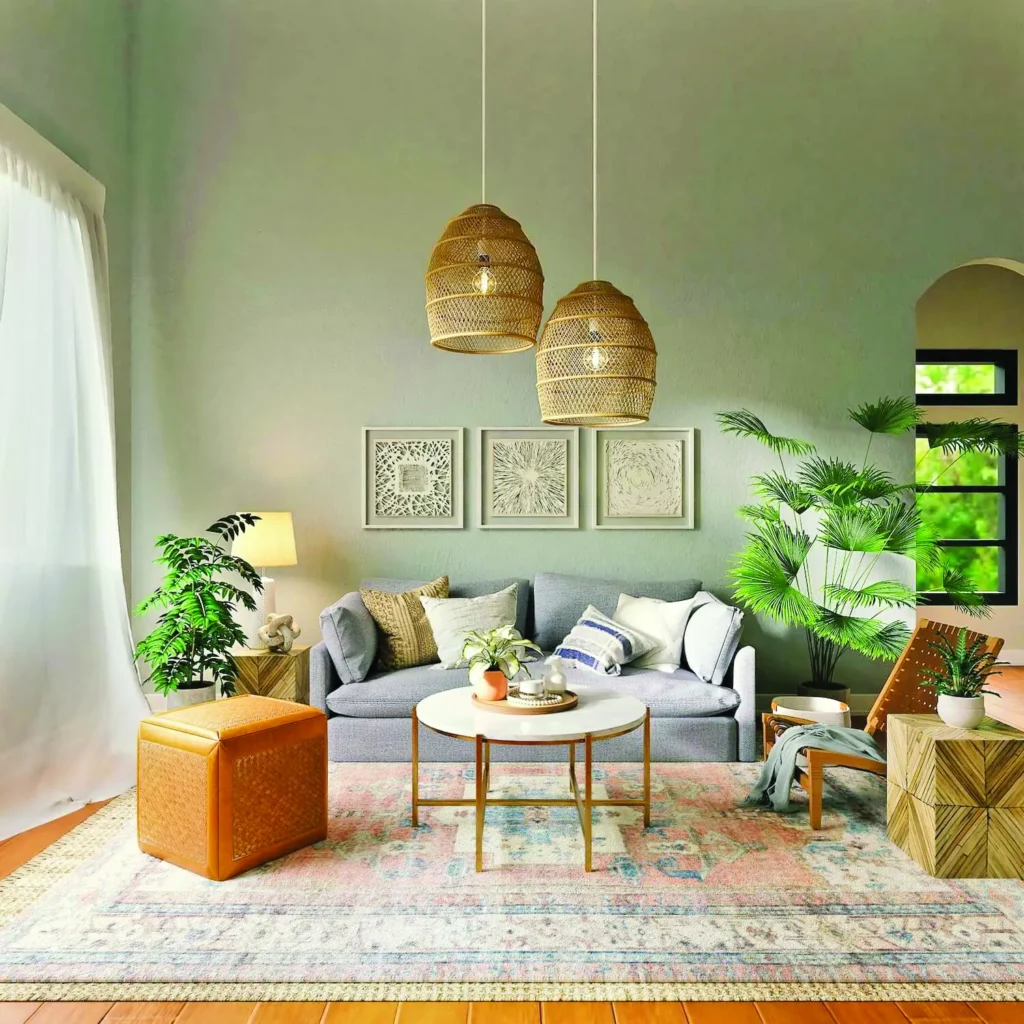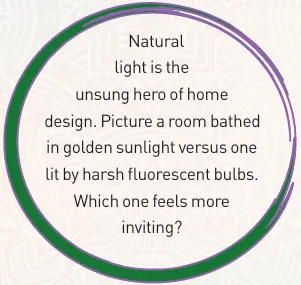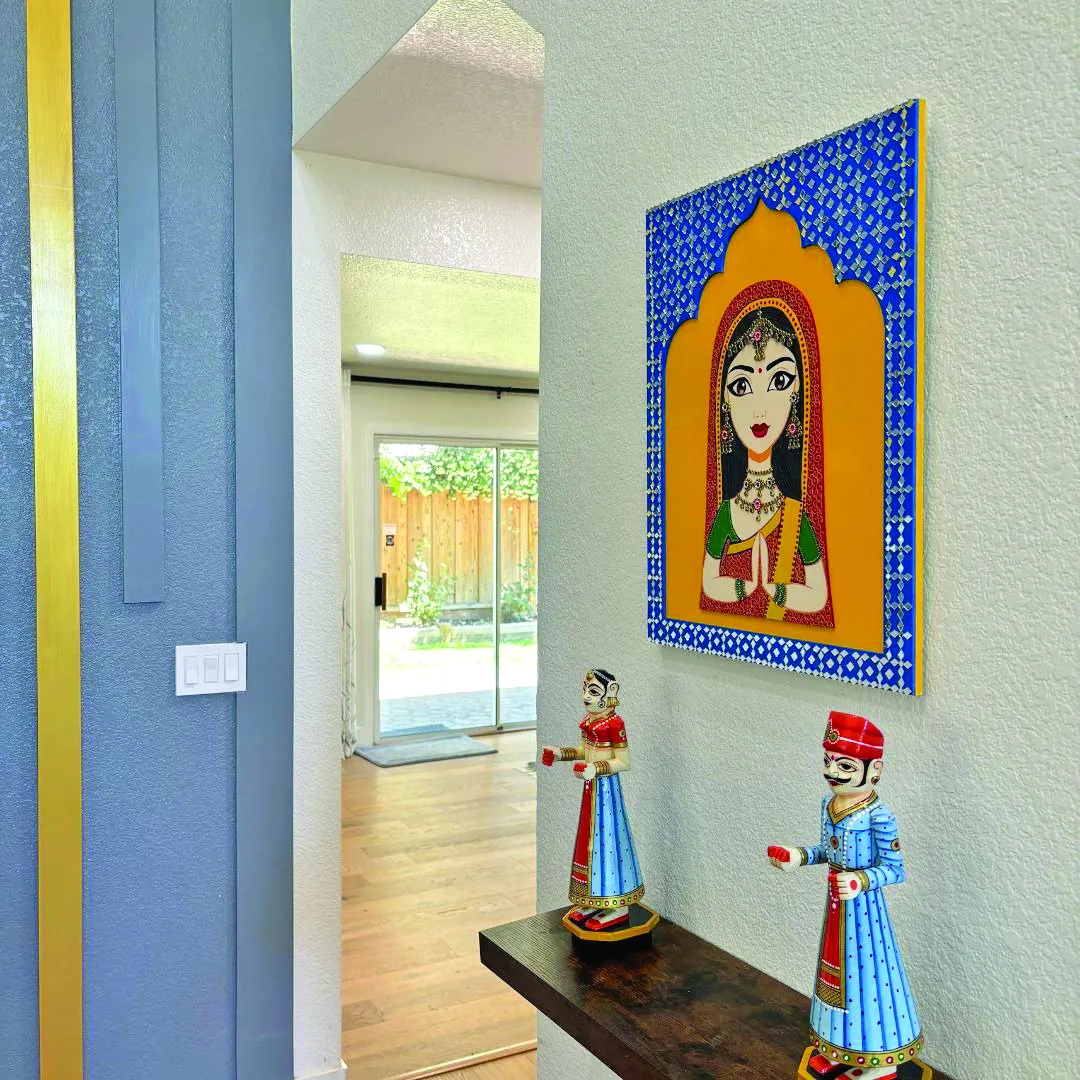Imagine this: it’s a quiet Sunday morning, and you’re lounging on your couch, a steaming cup of chai in hand. The sunlight streams through sheer curtains, painting soft patterns on your favorite rug. Your home feels like an extension of you — calm, inviting, and effortlessly functional. That, dear reader, is the magic of simple home design.
Every good design story begins with a question: What do you want your space to do for you? Is it a haven for relaxation after a long day, a lively hub for entertaining guests, or a creative workshop where inspiration strikes? Clarity of purpose sets the tone for everything else.
For instance, a small apartment can be transformed into a tranquil retreat by focusing on a single purpose, such as creating a space for yoga, with minimal furniture, soft lighting, and a few comfortable accessories. Simplicity is about editing thoughtfully, using fewer, high-quality pieces that resonate with you, like a sturdy wooden bench, a single rug, and framed photographs that tell a cohesive story.
Natural light is the unsung hero of home design. Picture a room bathed in golden sunlight versus one lit by harsh fluorescent bulbs. Which one feels more inviting? Large windows and open layouts can make a space feel alive at every hour of the day. Even in smaller spaces, simple tricks like using light-colored curtains or strategically placing mirrors can amplify available light. Neutral shades like beige, soft grey, or creamy whites create a calming and versatile canvas. Walls painted in such tones allow colorful artwork or textured decor elements like wicker baskets and wool throws to pop, adding depth and warmth. Combine this with furniture that prioritizes comfort. For example, a well-cushioned armchair by a window can become the perfect cozy spot, blending functionality and style seamlessly.
Clutter is the enemy of simplicity. A space that is organized with everything in its place feels serene and welcoming. Open shelving can display books, plants, and a few well-chosen decorative items neatly, creating a balance between aesthetics and practicality. Using baskets, trays, and cabinets helps keep spaces tidy without sacrificing charm.
Adding greenery, such as succulents or a small indoor herb garden, can breathe life into a space. Plants not only improve air quality but also create a tranquil environment. A single large plant or a carefully curated group of smaller ones can transform the ambiance of any room. For larger areas, incorporating indoor trees or vertical gardens can make a bold yet soothing statement.
Personalization should be approached thoughtfully. Instead of crowding walls with numerous photographs or mementos, select a few meaningful items to display. For instance, a single painting or handcrafted piece can serve as a focal point that reflects personal taste. Simple home design is also about making sustainable choices. Repurposing materials, such as using reclaimed wood to craft furniture, adds character while being environmentally friendly. A repurposed wooden door can become a unique coffee table, blending function with sustainability. Additionally, focusing on timeless design ensures that spaces remain elegant and functional over the years, such as investing in durable, classic furniture pieces that stand the test of time.

Incorporating multi-functional furniture can be a game-changer for smaller spaces. A sofa bed, for example, can serve as both a comfortable seating area and a guest bed. Similarly, foldable tables or extendable dining sets provide flexibility without compromising on style. Storage ottomans or built-in shelving maximize utility, keeping spaces uncluttered and functional. These solutions are particularly valuable in urban apartments, where every square foot counts.
Another essential principle is maintaining a cohesive flow between spaces. This involves creating a visual and functional connection between rooms to ensure harmony and ease of movement. Using consistent flooring materials, complementary colour palettes, and similar design elements throughout your home can achieve this seamless transition. For example, an open-plan living and dining area can be unified with a single rug or a shared colour scheme, making the entire space feel larger and more connected. This principle is especially helpful in compact homes, where maintaining a sense of openness is key.

For homes in Rajasthan, embracing local elements can add authenticity and charm to your design. Incorporate traditional Rajasthani architectural features like jharokhas (decorative enclosed balconies) or jaali (intricate latticework) into your interiors. These elements not only add visual interest but also help in regulating airflow and light — perfect for the desert climate. Use vibrant textiles, such as block-printed curtains or embroidered cushions, to reflect the region’s rich heritage. Adding locally sourced materials, like sandstone flooring or blue pottery accents, can tie your space to its surroundings while maintaining a simple and elegant design. These choices ensure your home feels rooted in tradition while staying modern and functional.
Finally, don’t be afraid of empty space. Negative space — the areas of your home deliberately left blank — gives the eyes a place to rest. It’s the pause between notes in a song, the silence that makes the music sweeter. A minimalist bedroom with just a bed, a bedside table, and a lamp can exude a sense of peace and clarity. Simple home design isn’t about following rigid rules; it’s about crafting a space that feels like you. It’s about stripping away the unnecessary to focus on what truly matters. When done right, it’s not just your home that transforms — it’s the way you live in it. So, the next time you’re tempted to buy that flashy decor piece or cram yet another chair into the living room, pause and ask yourself: Does this add to my story, or does it distract from it? Because in the end, the best homes aren’t the ones that look perfect; they’re the ones that feel perfect — for you.
The author is an Interior Designer, and can be reached at @designbhi_studio on Instagram





















